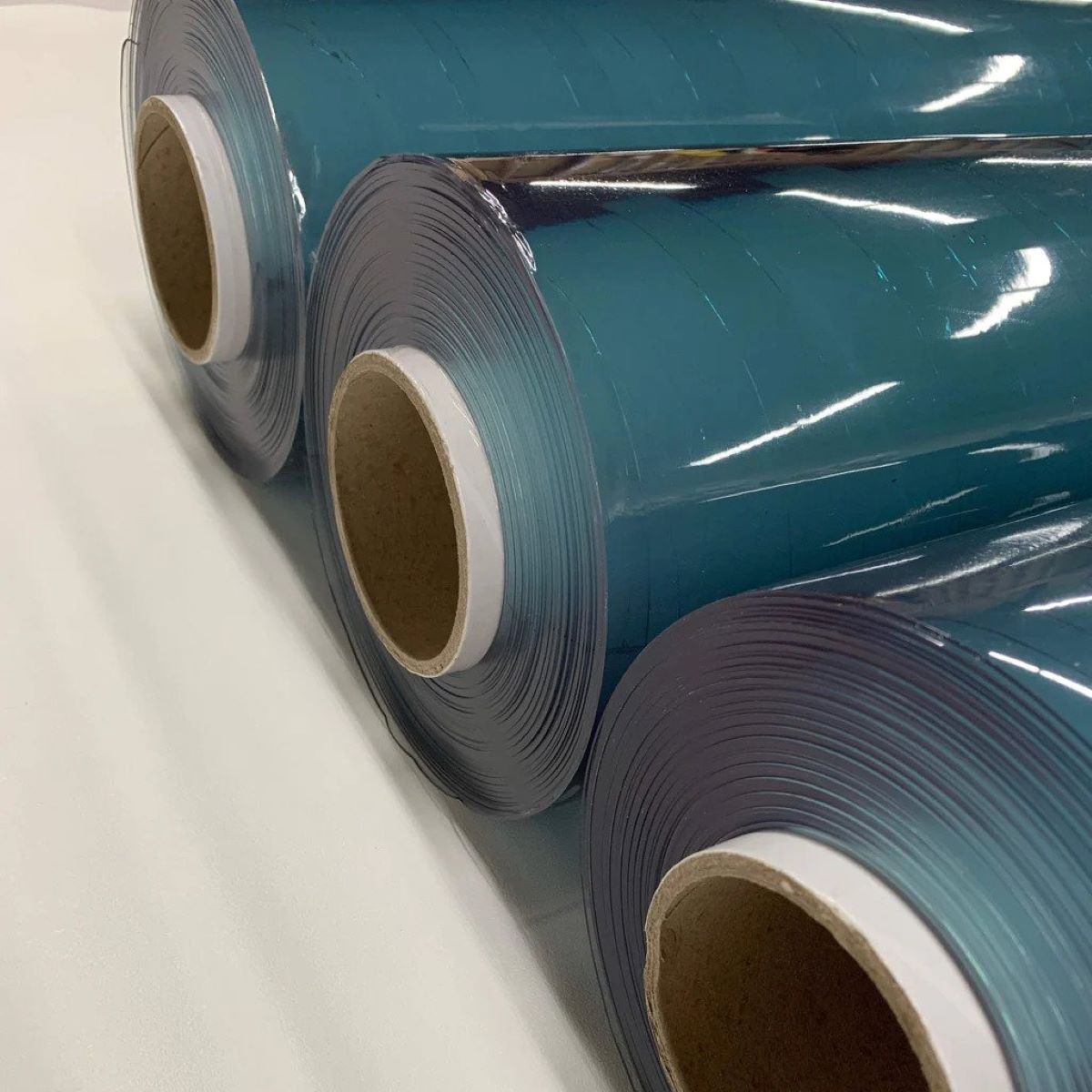

Articles
How To Store Vinyl Sheets
Modified: February 23, 2024
Learn the best methods for storing vinyl sheets in this informative article. Discover tips to keep your vinyl sheets in optimal condition for long-lasting use.
(Many of the links in this article redirect to a specific reviewed product. Your purchase of these products through affiliate links helps to generate commission for Storables.com, at no extra cost. Learn more)
Introduction
Welcome to the world of vinyl sheets! Whether you are a vinyl enthusiast, a collector, or just someone who appreciates the versatility and charm of vinyl, you know that storing vinyl sheets properly is essential to preserve their quality and longevity. Vinyl sheets, commonly used for crafting, printing, and packaging purposes, require specific care and attention to maintain their integrity.
In this article, we will explore the importance of storing vinyl sheets correctly and provide you with valuable tips to ensure their long-term preservation. We will discuss the various types of vinyl sheets, the considerations for choosing the right storage space, the proper preparations before storage, and the best methods for storing vinyl sheets to prevent damage.
Whether you are a beginner or an experienced vinyl sheet collector, this guide will equip you with the knowledge you need to store your vinyl sheets effectively and keep them in pristine condition.
Key Takeaways:
- Properly storing vinyl sheets is crucial for maintaining their quality and usability. Consider temperature, sunlight, and cleanliness when choosing a storage space to ensure long-term preservation.
- Avoid bending, implement rotating storage, and regularly inspect your vinyl sheets to prevent damage and deterioration. By following these tips, you can safeguard your collection and enjoy your vinyl sheets for years to come.
Read more: How To Store Vinyl Sheets Flat
Understanding Vinyl Sheets
Vinyl sheets are versatile and flexible materials that can be used for a wide range of applications. They are made from polyvinyl chloride (PVC), a synthetic polymer known for its durability and resistance to wear and tear. Vinyl sheets come in various thicknesses and finishes, making them suitable for different purposes.
There are two main types of vinyl sheets: adhesive vinyl sheets and heat transfer vinyl sheets.
Adhesive vinyl sheets are commonly used for crafting projects, such as creating decals, stickers, and signs. They have a self-adhesive backing that allows them to adhere to different surfaces, such as glass, wood, or metal. Adhesive vinyl sheets come in a variety of colors and finishes, including matte, glossy, and metallic.
Heat transfer vinyl sheets, also known as HTV or iron-on vinyl, are designed to be applied to fabric using heat. They are commonly used for creating custom designs on t-shirts, bags, and other fabric items. Heat transfer vinyl sheets come in a wide range of colors and finishes, including glitter, metallic, and neon.
Both adhesive vinyl sheets and heat transfer vinyl sheets are available in different sizes, ranging from small sheets for small-scale projects to larger rolls for commercial use. It’s important to choose the right type and size of vinyl sheets based on your specific needs and project requirements.
Now that we have a basic understanding of what vinyl sheets are and the different types available, let’s move on to the next section, where we will discuss the importance of choosing the right storage space for your vinyl sheets.
Choosing the Right Storage Space
When it comes to storing vinyl sheets, selecting the right storage space is crucial to ensure their longevity and quality. Here are two important factors to consider when choosing the ideal storage space for your vinyl sheets: temperature and humidity levels, and protection from direct sunlight exposure.
First and foremost, maintaining consistent temperature and humidity levels is essential for preserving the quality of vinyl sheets. Fluctuations in temperature and high humidity can cause the vinyl to warp, bubble, or degrade over time. It is recommended to store vinyl sheets in a room with a temperature range of 60 to 75 degrees Fahrenheit (15 to 24 degrees Celsius) and a humidity level of around 40 to 60 percent.
Avoiding direct sunlight exposure is equally important. Prolonged exposure to sunlight can cause the vinyl to fade, discolor, or become brittle. It is best to store your vinyl sheets in a space that is shielded from direct sunlight, such as a closet, cabinet, or drawer. If you have a dedicated craft room or storage area, consider installing blinds or curtains to further protect your vinyl sheets from UV rays.
In addition to temperature and sunlight, it is also advisable to keep your vinyl sheets away from sources of heat, such as radiators or heating vents. Excessive heat can cause the vinyl to soften or warp, compromising its integrity. Similarly, avoid placing your vinyl sheets near sources of moisture, such as sinks or windows, as excessive moisture can lead to mold or mildew growth.
By considering these factors and selecting the right storage space, you can ensure that your vinyl sheets are protected from harmful environmental conditions and maintain their quality for years to come.
Preparing Vinyl Sheets for Storage
Before you store your vinyl sheets, it’s important to properly prepare them to ensure their cleanliness and prevent any potential damage during storage. Here are two essential steps to take when preparing your vinyl sheets for storage: cleaning and removing dust and debris.
Firstly, cleaning your vinyl sheets is crucial to remove any dirt, grime, or residues that may have accumulated on the surface. Start by gently wiping the vinyl sheets using a soft, lint-free cloth dampened with a mild soap and water solution. Avoid using harsh chemicals or abrasive cleaners, as they can potentially damage the vinyl. Make sure to clean both sides of the vinyl sheets, especially if they have been exposed to adhesive or ink.
For adhesive vinyl sheets, if you notice any residue from previous applications, you can use a vinyl cleaner or rubbing alcohol to remove it. Apply a small amount of the cleaner onto a cloth and gently rub the affected area until the residue is lifted. Remember to follow the manufacturer’s instructions for any specific cleaning products you use.
Once your vinyl sheets are clean, the next step is to remove any dust and debris that may have settled on them. Dust particles can scratch the vinyl surface and compromise its quality over time. To remove dust, you can use a soft, dry cloth or a microfiber cloth to gently wipe the vinyl sheets. Avoid applying too much pressure, as it can cause scratches or damage.
If you notice any stubborn debris or fingerprints, you can use a mild vinyl cleaner and a soft-bristled brush to gently remove them. Ensure that the brush is clean and soft to avoid scratching the surface. After cleaning, allow the vinyl sheets to air dry completely before storing them.
By cleaning your vinyl sheets and removing dust and debris, you are ensuring that they are in their best condition before storage. This will help prevent any potential damage or deterioration and maintain the quality of your vinyl sheets for future use.
Store vinyl sheets flat in a cool, dry place away from direct sunlight to prevent warping or discoloration. Use a plastic sleeve or acid-free paper to protect the surface from scratches.
Storing Vinyl Sheets
Once your vinyl sheets are properly prepared, it’s time to store them in a way that minimizes the risk of damage and makes them easily accessible for future use. Here are three key aspects to consider when storing vinyl sheets: the storage method (rolling vs. flat), using protective covers or sleeves, and labeling and organizing.
When it comes to the storage method, you have the option to either roll or store your vinyl sheets flat. Both have their advantages, and the choice depends on your personal preference and available storage space. Rolling vinyl sheets can help prevent creases and maintain their shape, especially for larger sheets or rolls. Make sure to roll them tight enough to prevent unrolling but not too tight to avoid putting excessive pressure on the vinyl. If you choose to store your vinyl sheets flat, be sure to use support boards to keep them flat and prevent any bending or warping over time.
Using protective covers or sleeves can provide an extra layer of protection for your vinyl sheets. You can find plastic sleeves or clear polypropylene covers that are specifically designed for storing vinyl sheets. These covers help shield the vinyl from dust, moisture, and potential scratches. Slip each vinyl sheet into its own protective cover or sleeve before placing them in storage. If you’re storing rolled vinyl sheets, you can use larger protective tubes or cylinder containers to hold multiple rolls.
Labeling and organizing your vinyl sheets is essential for easy retrieval and maintenance of your collection. Consider labeling each vinyl sheet or roll with relevant details, such as the type, color, and size. You can use adhesive labels or attach small tags to each item. Additionally, create a system for organizing your vinyl sheets, such as grouping them by color, type, or project. This will make it easier to find specific sheets when you need them and avoid unnecessary handling or searching through your entire collection.
Lastly, be mindful of the storage location for your vinyl sheets. Choose a clean, dry, and well-ventilated area to prevent moisture buildup and protect them from potential damage. Avoid storing vinyl sheets near sources of heat or extreme temperatures, as it can cause the vinyl to warp or degrade.
By storing your vinyl sheets in the appropriate manner, using protective covers or sleeves, and implementing a labeling and organizing system, you can ensure that your vinyl collection remains in excellent condition and is easily accessible whenever you need it.
Read more: How To Store 12X12 Vinyl Sheets
Additional Tips for Vinyl Sheet Storage
In addition to the previous considerations, there are a few more tips to keep in mind when it comes to properly storing your vinyl sheets. These tips will help further protect your vinyl sheets and ensure their long-term preservation. Let’s explore two additional tips: avoiding bending or folding and utilizing rotating storage.
Avoiding bending or folding is crucial in maintaining the integrity of your vinyl sheets. Vinyl is a flexible material, but excessive bending or folding can result in creases or permanent damage. When storing your vinyl sheets, make sure to keep them in a location where they won’t be subjected to heavy items that could cause them to bend. If you need to transport your vinyl sheets, use protective folders or portfolios specifically designed for flat storage, ensuring they are not bent or folded during transportation.
Rotating storage is particularly important for those who have a large collection of vinyl sheets. To prevent the vinyl from becoming weak or worn in certain areas due to prolonged storage in the same position, periodically rotate the position of your vinyl sheets. This will distribute the pressure and exposure evenly, prolonging the lifespan of the vinyl. Consider implementing a system where you rotate your vinyl sheets every few months or once a year, depending on the size and frequency of use of your collection.
Furthermore, it’s essential to periodically inspect your stored vinyl sheets. This allows you to identify any signs of damage, such as warping, discoloration, or adhesive failure. Regular inspections enable you to address any issues promptly and take the necessary steps to prevent further damage or deterioration.
Lastly, it’s worth noting that extreme temperatures, such as those in unconditioned basements or attics, can negatively impact the quality of your vinyl sheets. Whenever possible, choose a storage area with a stable temperature and humidity level to ensure the preservation of your vinyl sheets over time.
By following these additional tips, you can safeguard your vinyl sheets and maintain their condition for years to come. Remember to always handle your vinyl sheets with care and take the necessary precautions to protect them from bending, folding, and extreme environmental conditions.
Conclusion
Properly storing vinyl sheets is essential for preserving their quality, longevity, and usability. By understanding the different types of vinyl sheets and taking the necessary steps to store them correctly, you can ensure that your collection remains in excellent condition for years to come.
When choosing a storage space, consider temperature and humidity levels, and protect your vinyl sheets from direct sunlight exposure. Preparing your vinyl sheets for storage involves cleaning them thoroughly and removing any dust or debris. Storing vinyl sheets can be done by rolling or storing them flat, using protective covers or sleeves, and organizing them with labels.
Additionally, remember to avoid bending or folding your vinyl sheets and implement rotating storage to evenly distribute pressure and prevent damage. Periodic inspection is vital to identify any signs of deterioration and address them promptly. Finally, be cautious of extreme temperatures and choose a storage area that provides stable conditions.
By following these guidelines and adopting good storage practices, you can ensure that your vinyl sheets retain their quality and are always ready for your creativity. Whether you are a vinyl enthusiast, a collector, or a crafter, taking care of your vinyl sheets will ensure the best possible results in your projects and keep your collection looking its best.
So, go ahead and create a safe and organized space for your vinyl sheets. Your dedication to proper storage will not only preserve their beauty but also enhance your overall experience as you continue to explore the endless possibilities of vinyl.
Frequently Asked Questions about How To Store Vinyl Sheets
Was this page helpful?
At Storables.com, we guarantee accurate and reliable information. Our content, validated by Expert Board Contributors, is crafted following stringent Editorial Policies. We're committed to providing you with well-researched, expert-backed insights for all your informational needs.
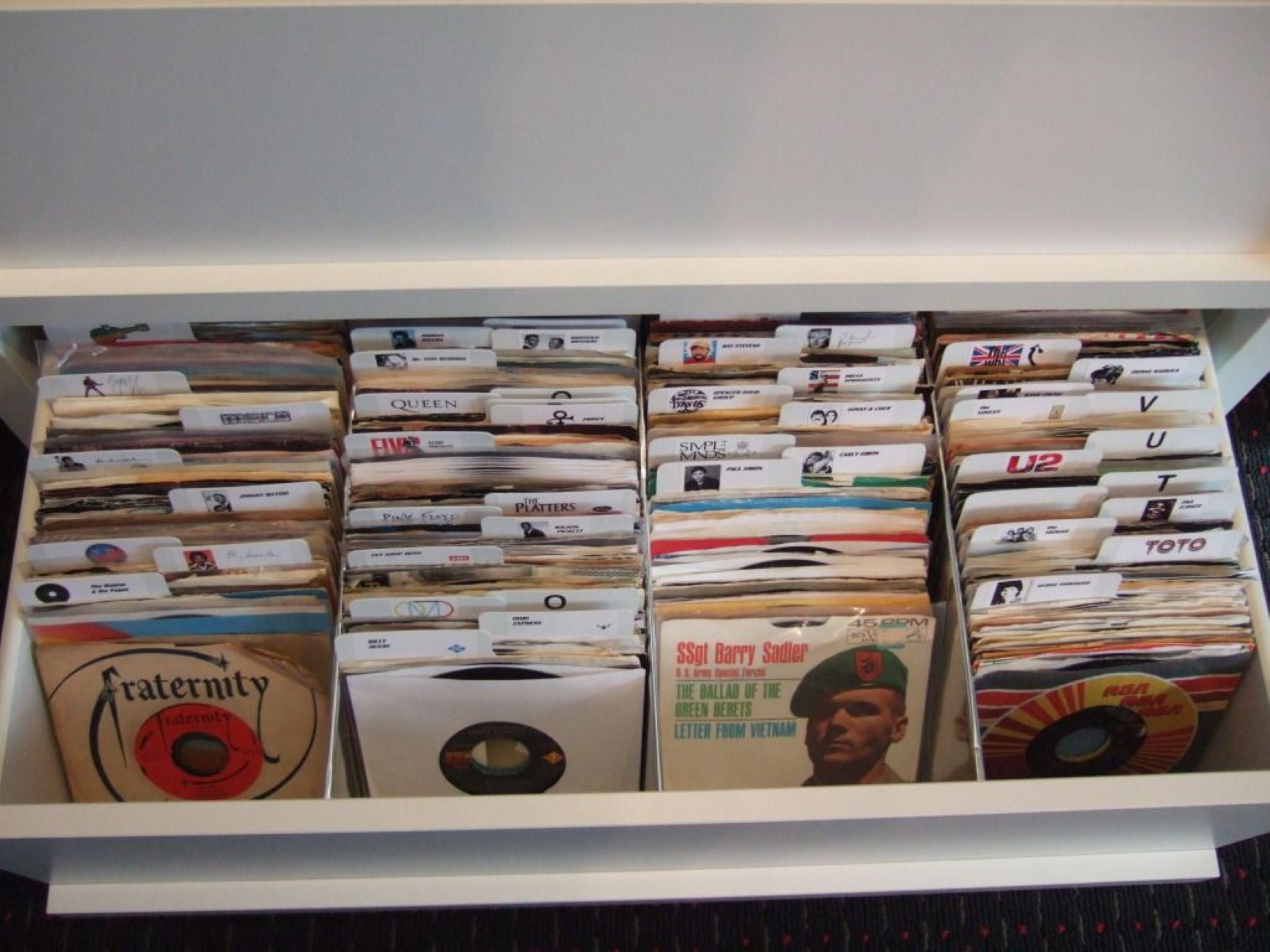
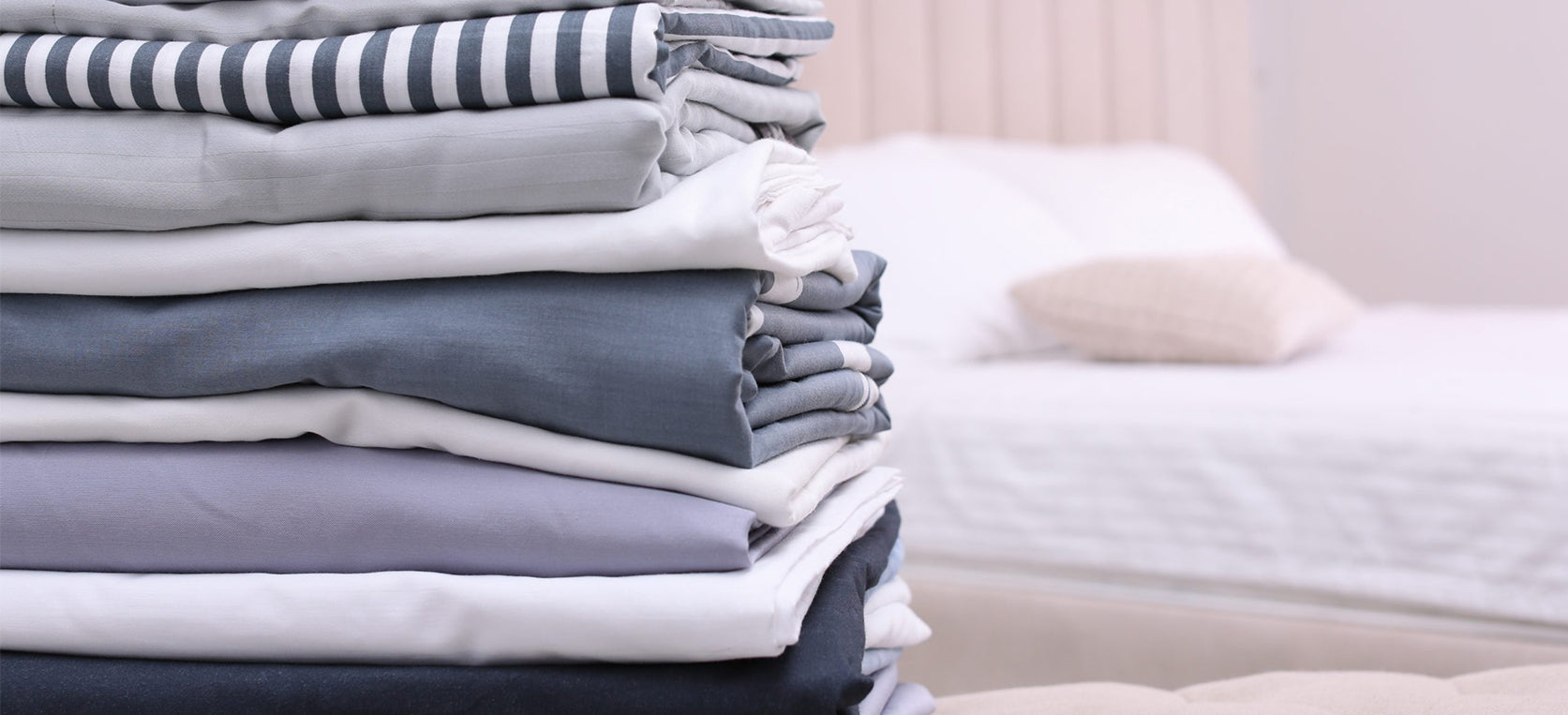
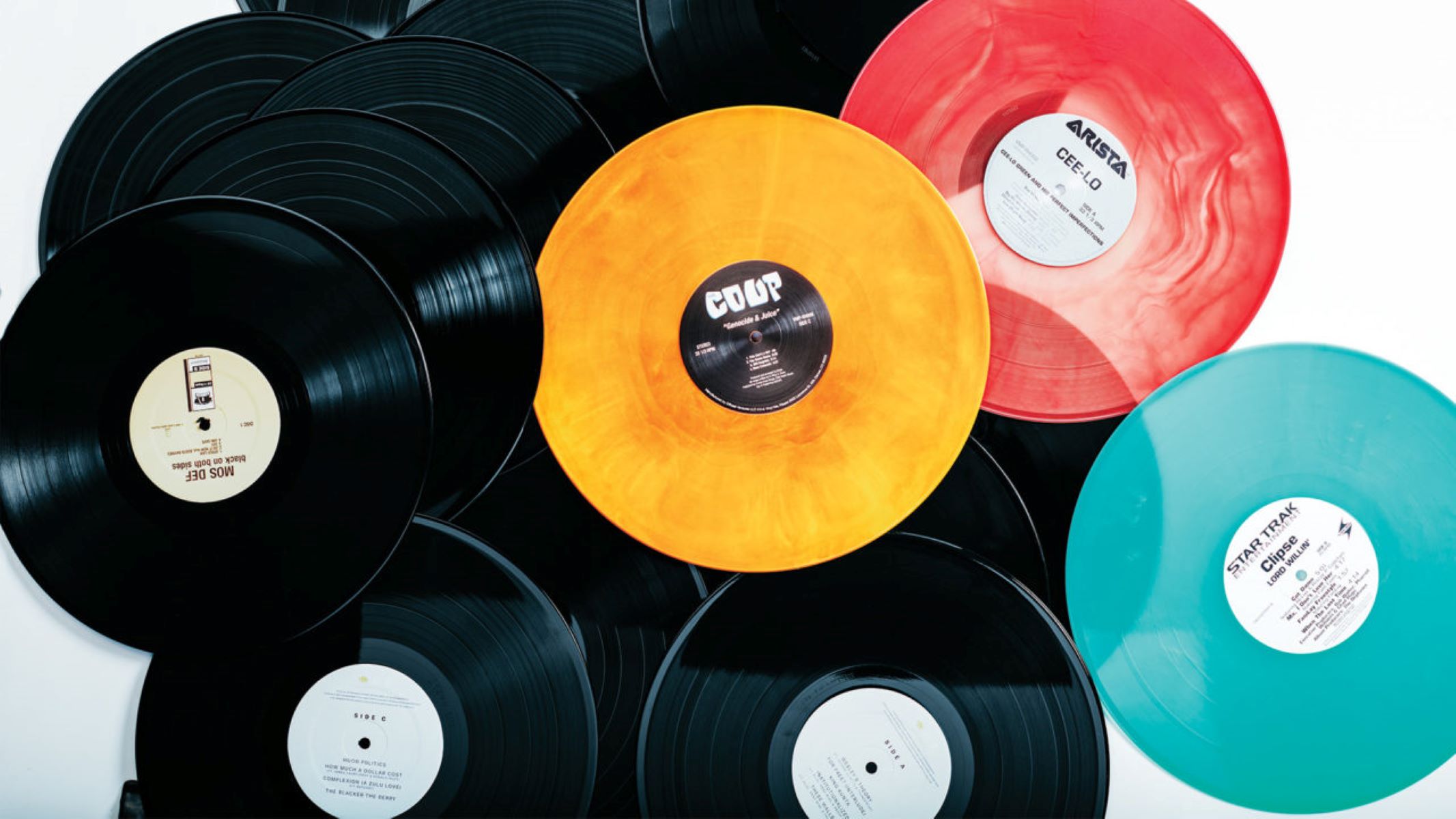
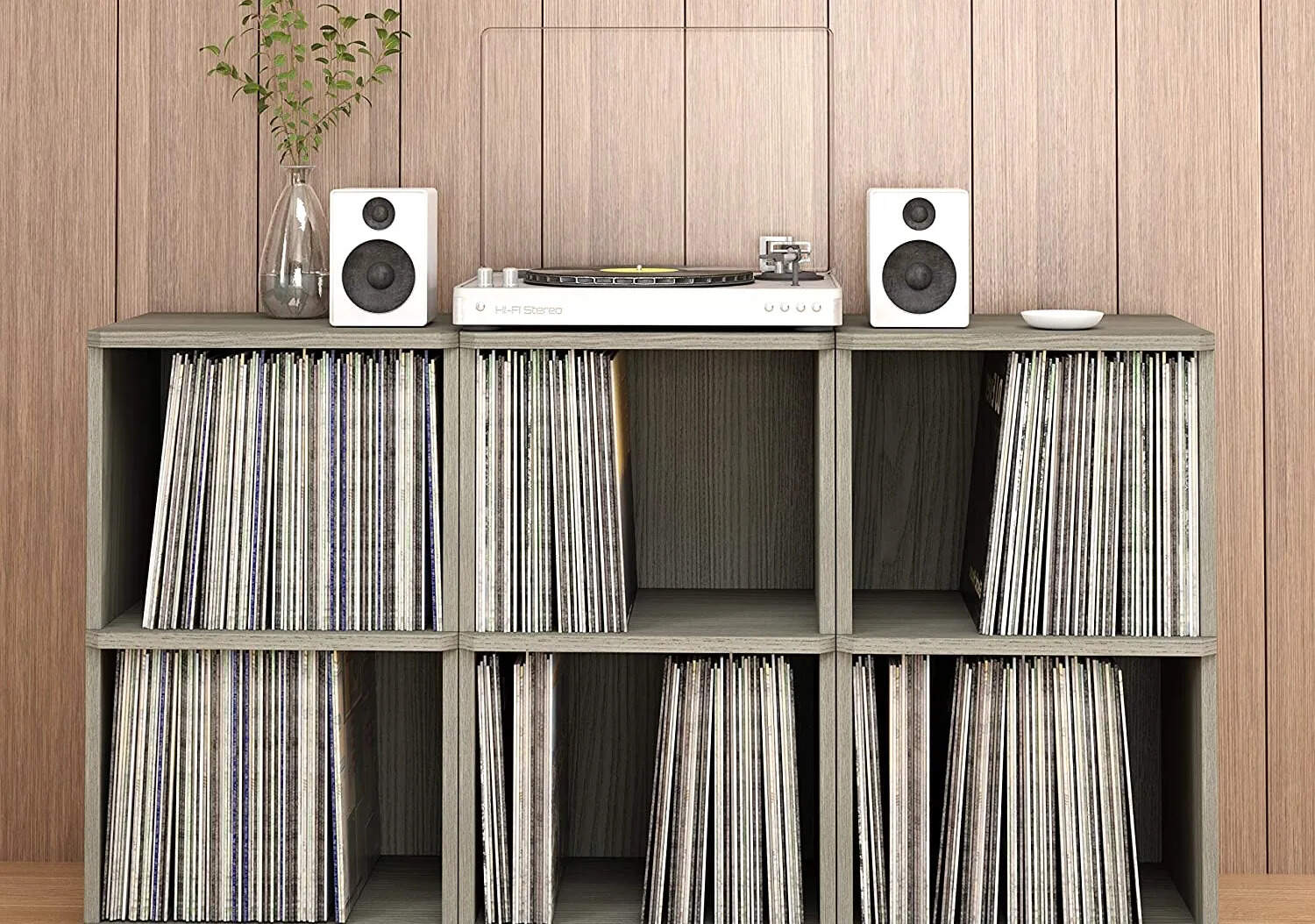
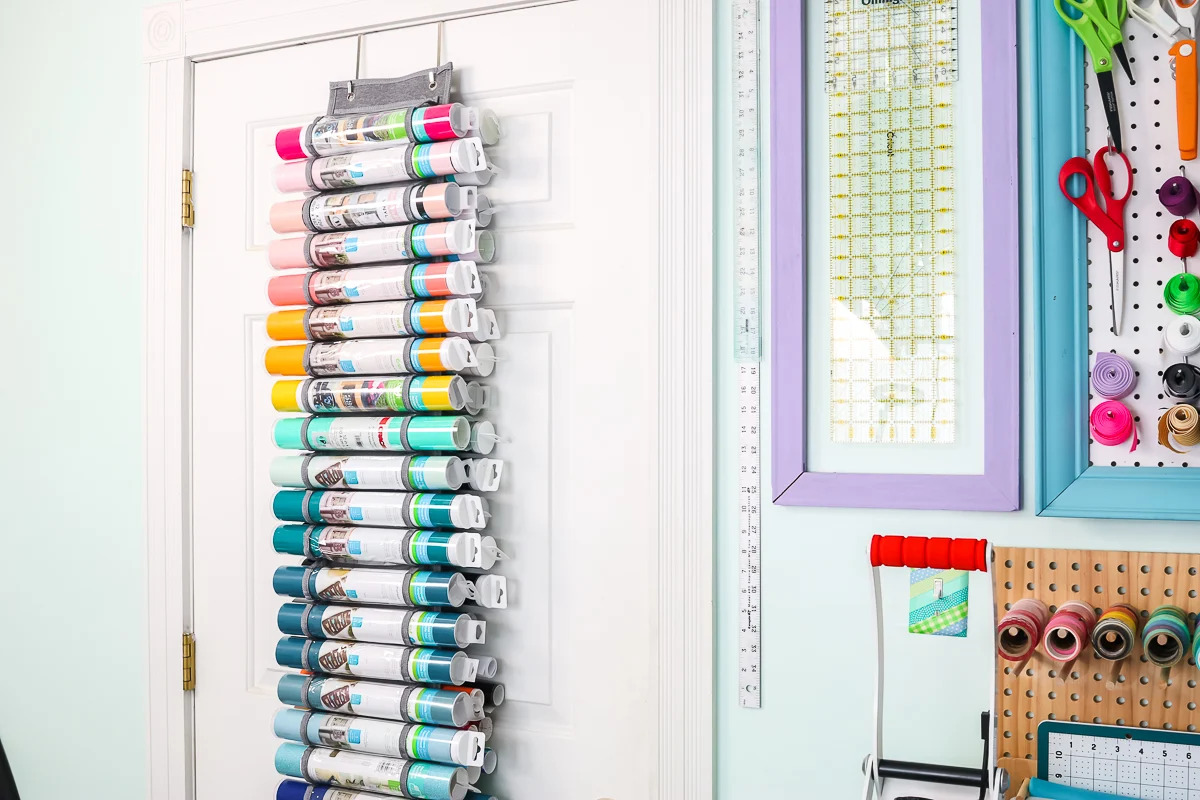
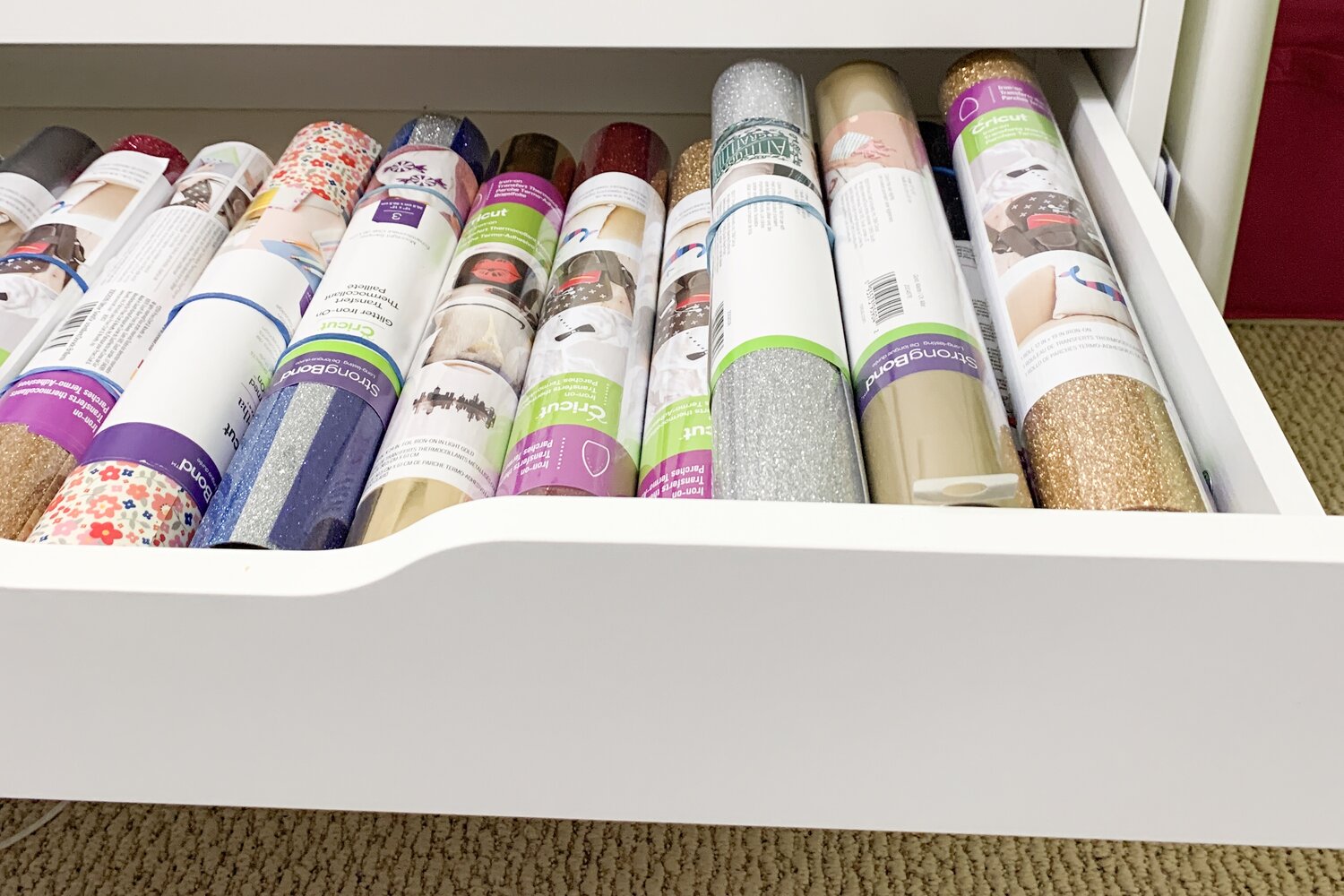
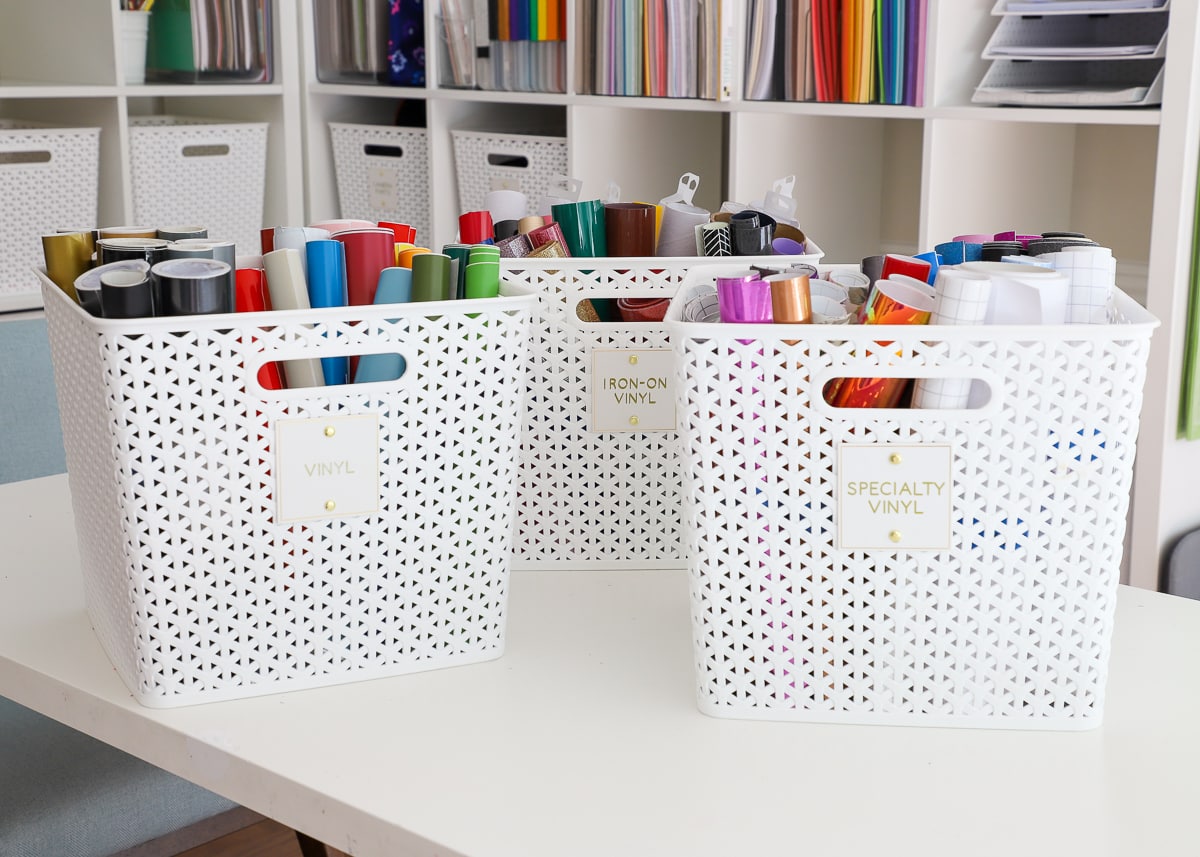

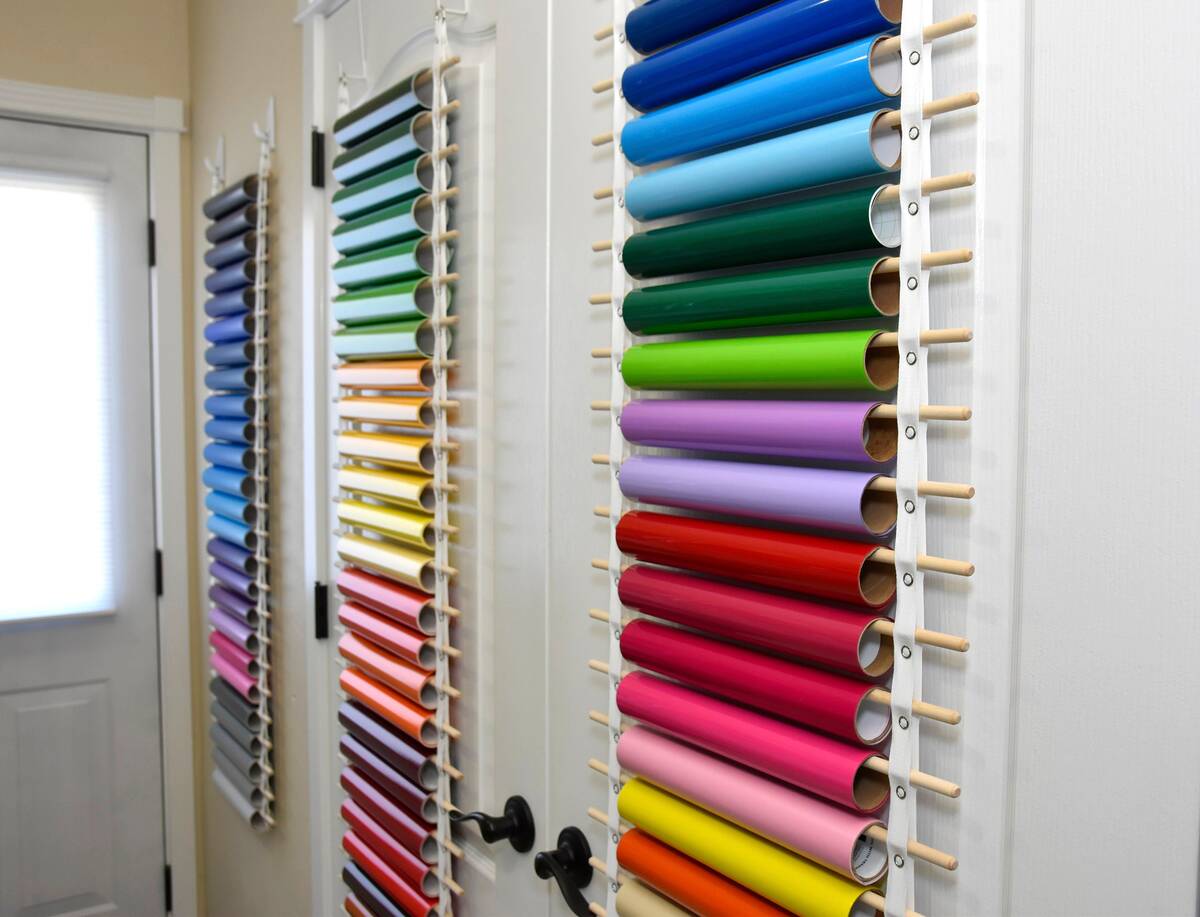
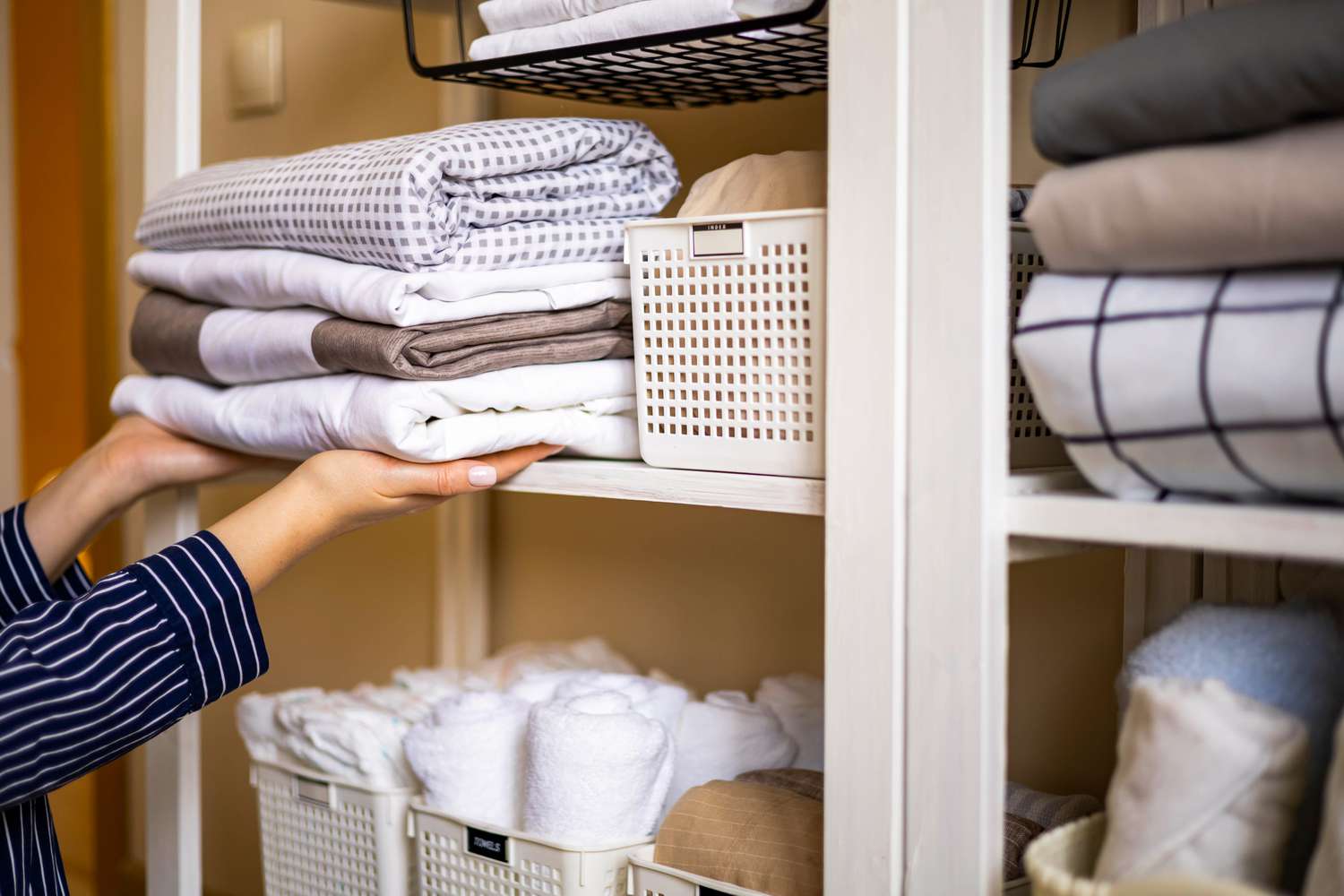
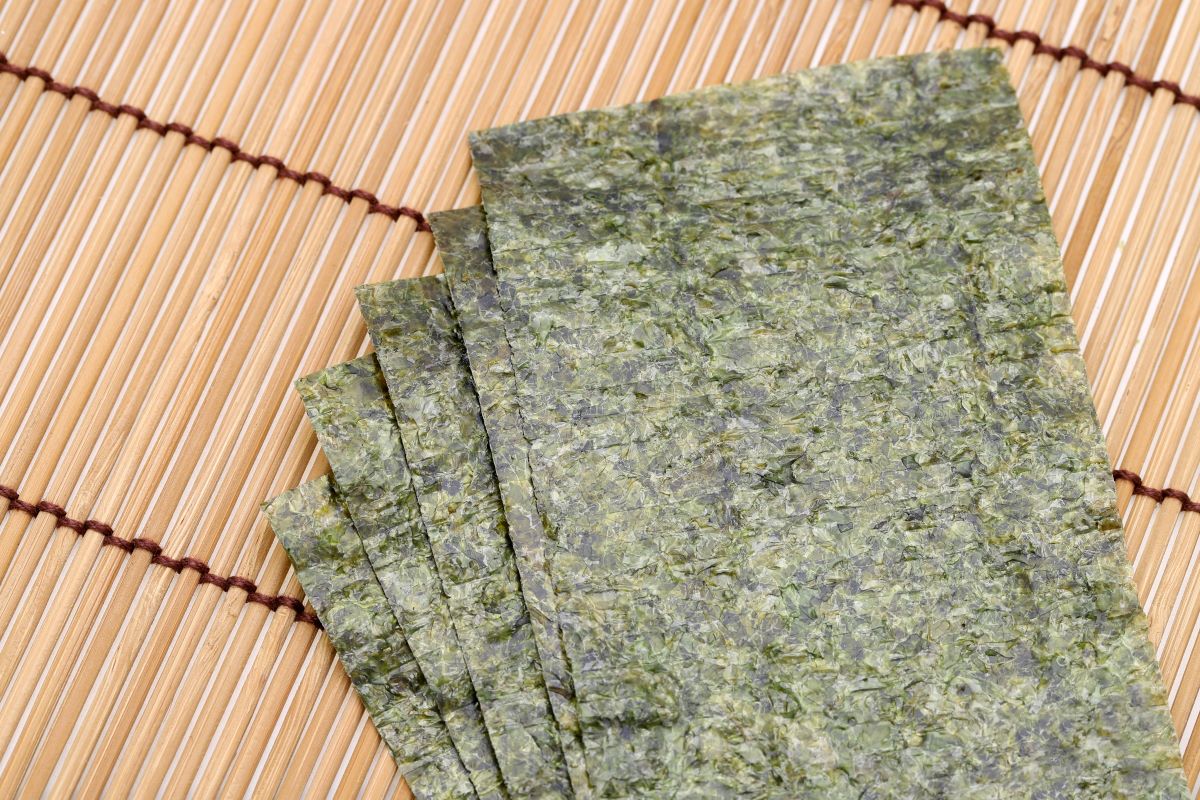
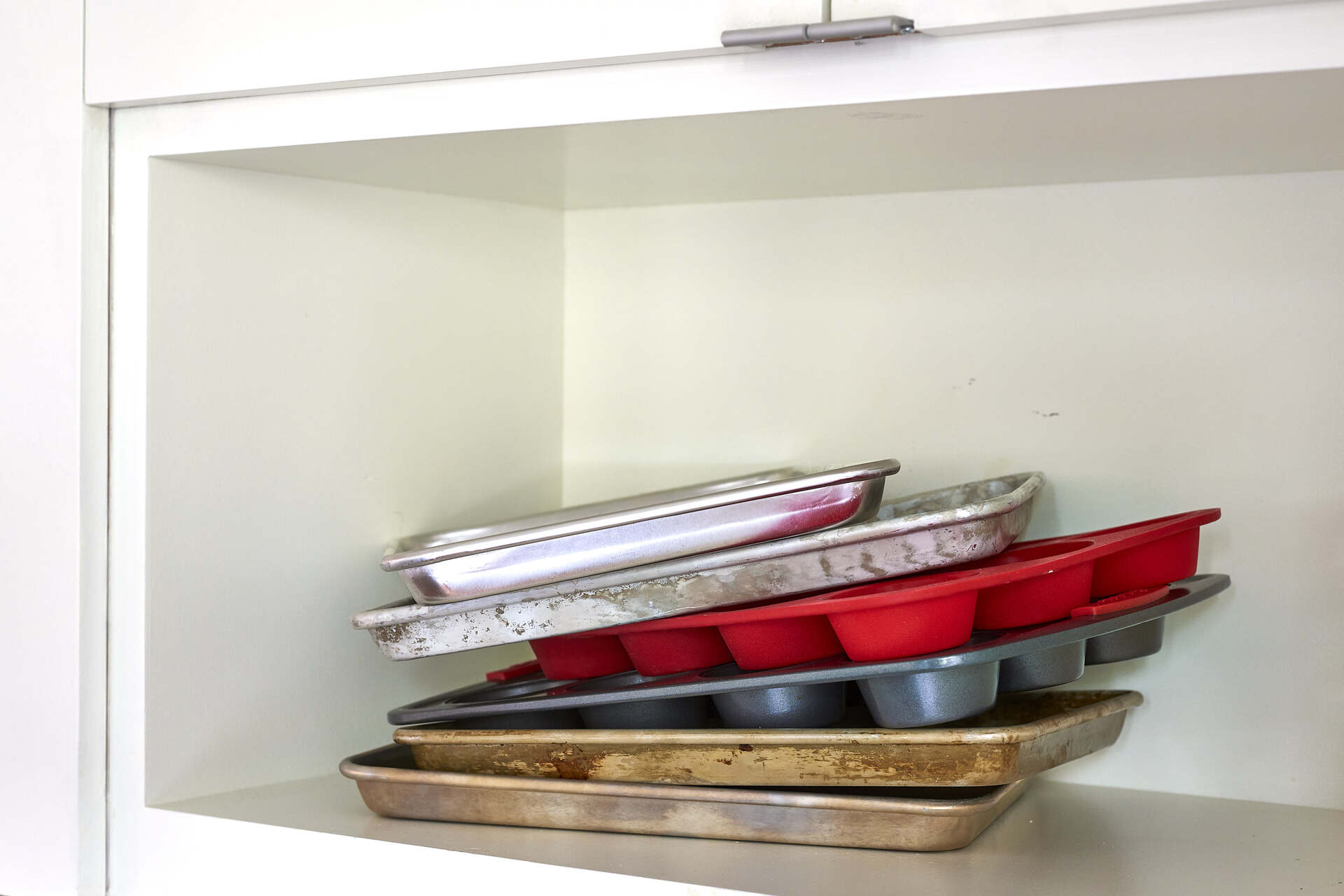
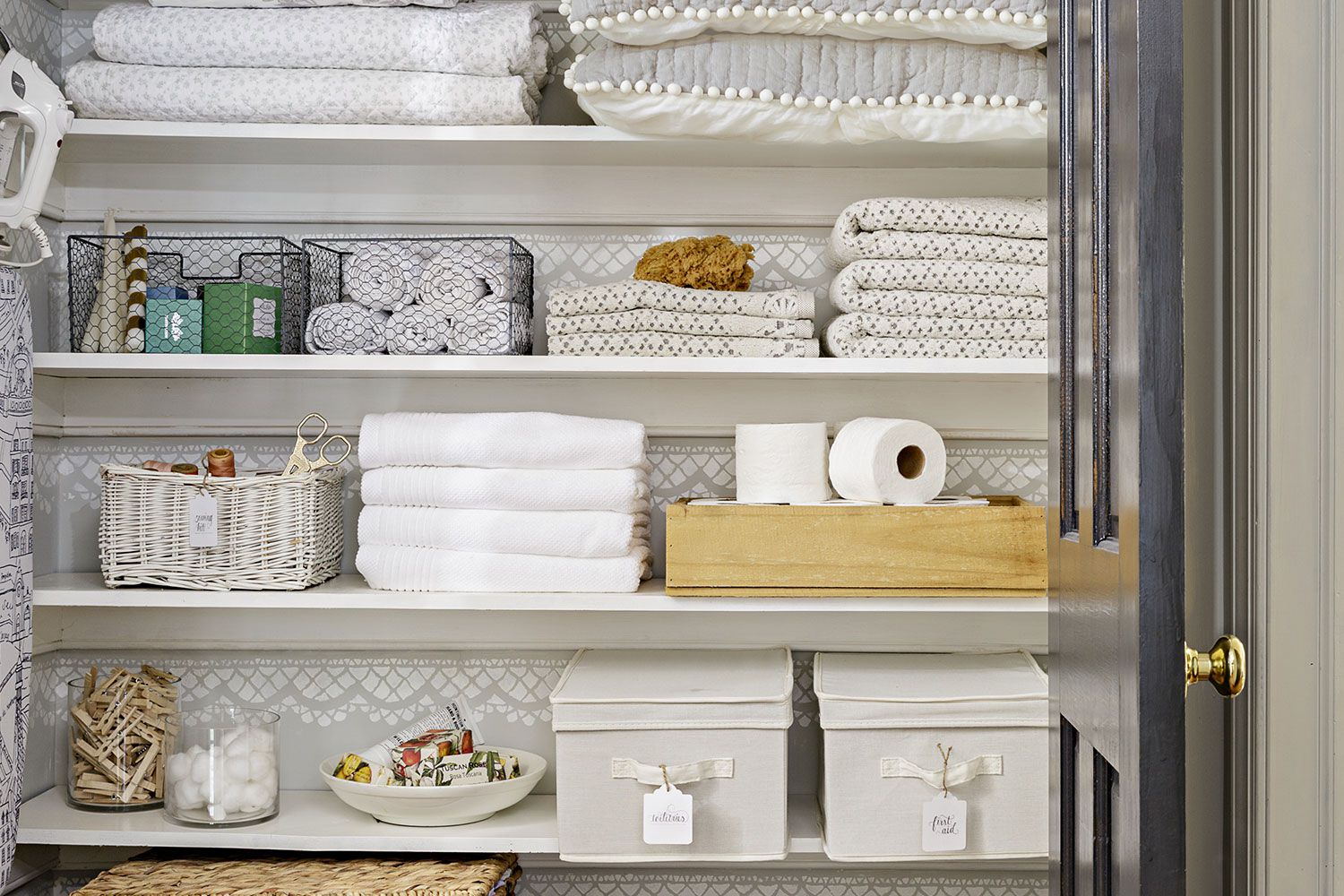
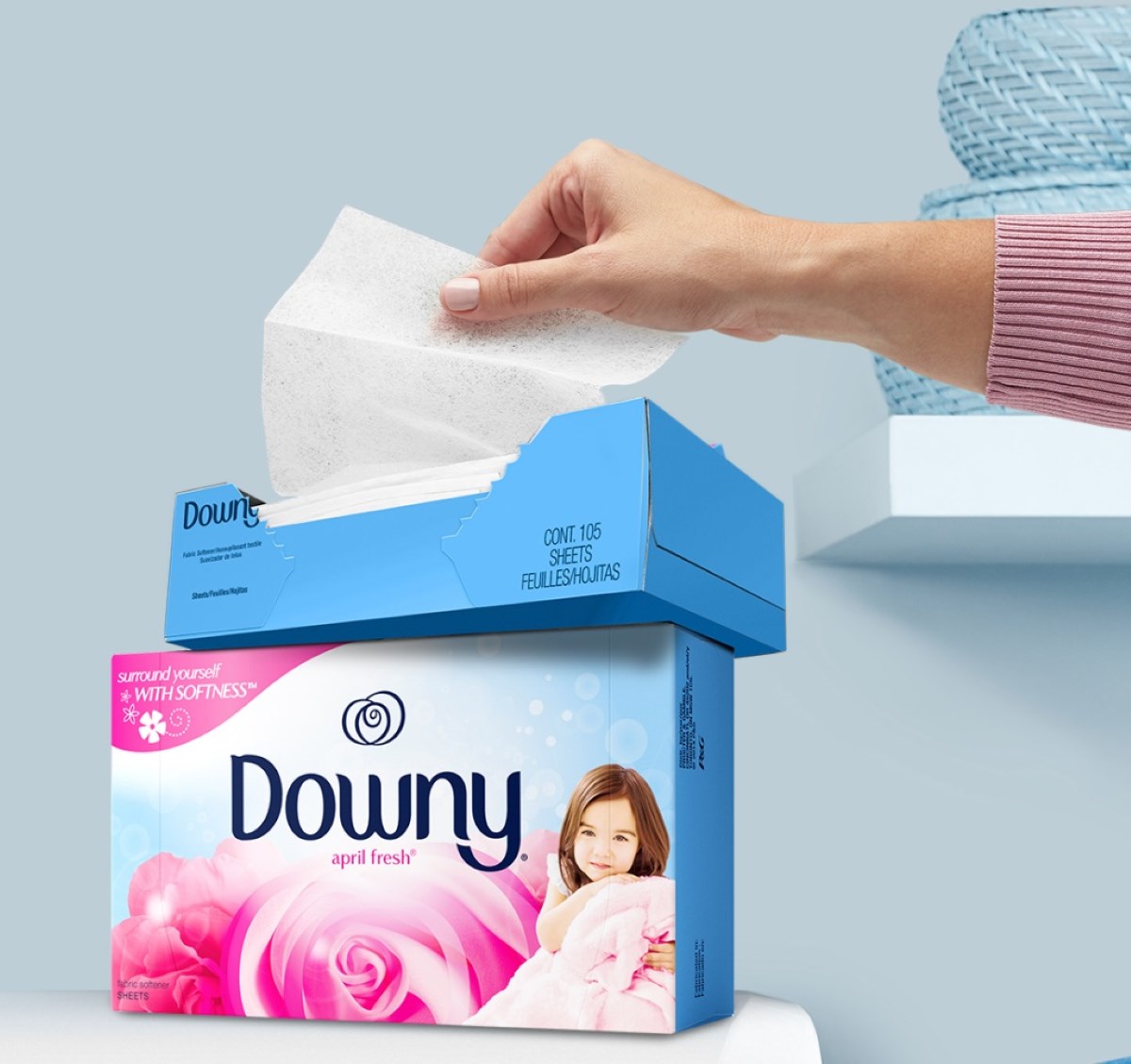

0 thoughts on “How To Store Vinyl Sheets”